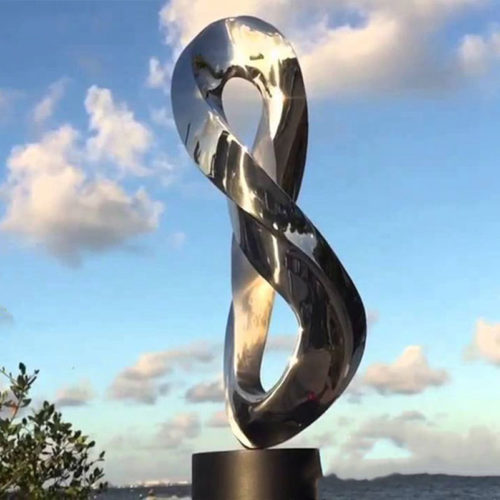Description
The physical structure and living habits of whales are obviously different from those of any mammal. Therefore, the long-term single order has its ancestors, and its evolutionary history has been controversial, but with the continuous progress of relevant research, it has been fully confirmed that cetaceans evolved from the terrestrial Artiodactyla into the water 50 million years ago. Take a look at our whale statues. These are two whale statues on the beach. They’re also a nice outdoor addition to the beach.
The most recent common ancestor of whales and hippos was a semi-aquatic omnivore that branched off from ruminants 60 million years ago. One entered the water from South Asia 54 million years ago during the Eocene, evolving into fully aquatic cetaceans and spreading into the world’s oceans. Some species also enter inland rivers and lakes. In the evolutionary history of species, all vertebrates evolved from fish in the ocean 300 million years ago. The return of our cetacean ancestors to the ocean after 250 million years is called re-entry. It was one of the few major shifts in evolutionary history. Whales have undergone significant physiological and structural changes to adapt to life in the water. For example, it has a thick subcutaneous fat layer (whale oil), the ability to dive for a long time and echolocation, and a strong muscular system to support water movement. The first whales to appear were the Cricetidae. Living 50 million years ago, fossils are found in Asia, Africa, and North America. Scientists know more about pakicetus, found in what is now Pakistan. The fossilized creature, which lived about 53 million years ago, had a head with rearward nostrils, a long, narrow ventricle, and still hind legs. We usually do not see the existence of whales, so whale statues meet human desire. You can take a look at our whale statues. Aongking also has more other animal sculptures for you to choose from.









